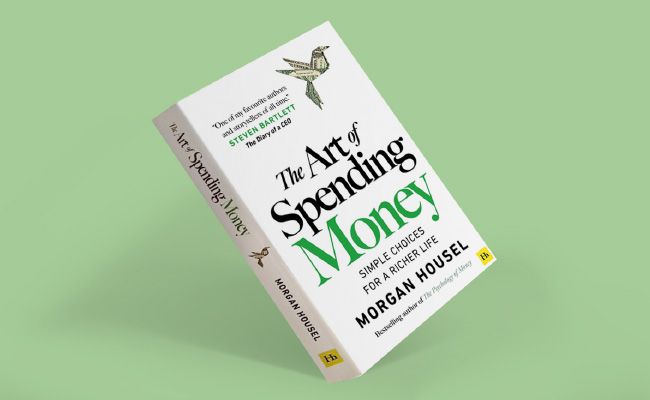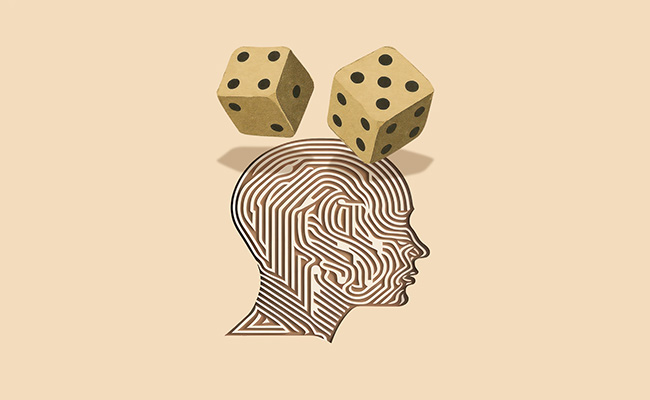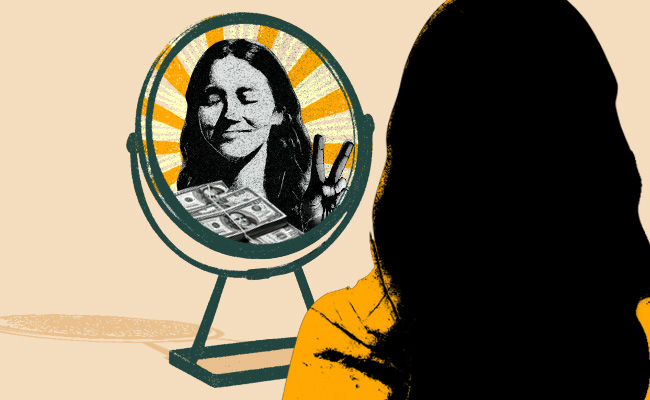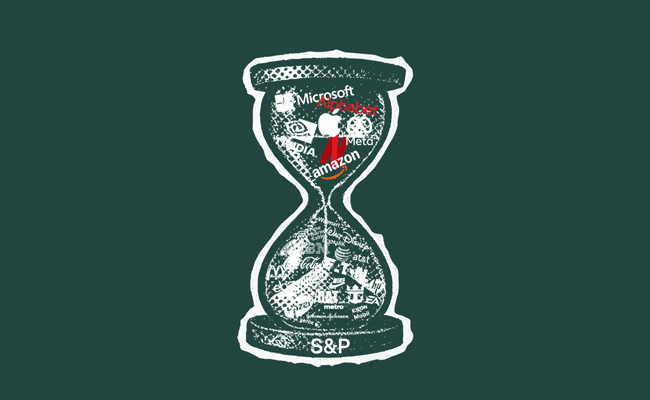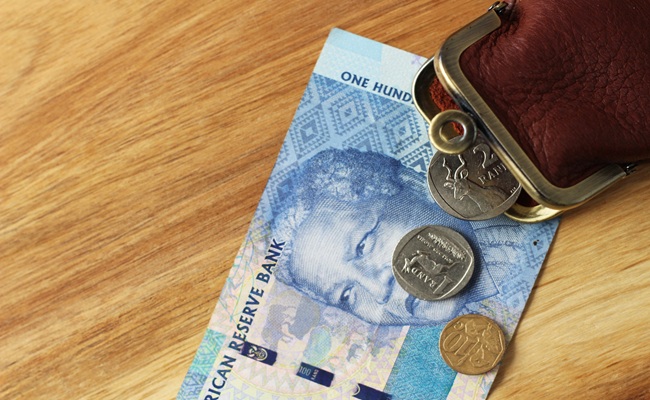All behavior makes sense with enough information – including behavior about the different ways we spend our money.
By the late 1920s, America was at the tail end of a full social and economic cycle. The devastation of World War I was followed by a crippling recession. And then, after a decade of misery – finally – people got to relish an economic boom that gave name to the Roaring 20s.
Roaring doesn’t do it justice – it was an absolute party. For a good five years in the mid-1920s the economy was fuelled by cheap debt, a stock market bubble, and bootlegged liquor. In June of 1928, syndicated columnist Robert Quillen wrote a newspaper headline that in fourteen words describes something so simple and important: “The more you were snubbed while poor, the more you enjoy displaying your wealth.”
That’s it. So much of the late-1920s desire to show off wealth with new cars, new clothes, new toys, was driven by a reaction to the poverty and uncertainty that preceded it. When you at one time feel held back, then suddenly feel released, a common reaction is to frantically sprint ahead to make up for lost time. Historian Frederick Lewis Allen wrote about the era: like the suddenly liberated vacationist, the country felt that it ought to be enjoying itself more than it was, and that life was futile and nothing mattered much. But in the meantime it might as well play – follow the crowd, take up the new toys that were amusing the crowd.
People seemed to justify wild, unsustainable spending because they were making up for being snubbed and suppressed during the dour years. It felt as if they were righting a wrong, like getting revenge. They weren’t spending wildly because they crunched the numbers and determined it was the right thing to do. They were trying to heal an emotional wound.
That behavior is timeless, and explains so much. A close family member grew up extremely poor and in a broken home, snubbed in every way. He then became a successful businessman. When his daughter was preparing to go to college, he told her, “Pick the most expensive school you get into.” Sending his daughter to an expensive school was such a powerful symbol of what he had overcome that, in his mind, it was almost as if he preferred to pay the most absurd price he could. High tuition was like a social trophy that made him feel great about the arc of his life.
If you didn’t grow up snubbed, or snubbed in a different way, that might make no sense to you. But that’s the point: A lot of spending makes no sense until you peel back the onion layers of someone’s personality, identifying the specific thing they’re trying to accomplish, or the hole they’re trying to fill. How your past influences your spending decisions can manifest in different ways, with opposite outcomes depending on the person. Tiffany Aliche – a former preschool teacher who became a wildly successful financial educator – once said that she suffers from “post-traumatic broke syndrome”. It’s made it hard for her to spend her newfound wealth. “I was broke for so long, and it was so hard, that I’m afraid of going back there,” she says.
If you try to make sense of spending habits – yours or other people’s – you have to start with the understanding that people don’t just spend money on things they find fun or useful. Their decisions often reflect the social and psychological experiences of their life. And since life experiences vary dramatically from person to person, what makes sense to you might seem crazy to me, and vice versa.
Spending a ton of money on a college degree might feel like a waste to one person, a nonnegotiable requirement to another, and the ultimate sign of climbing the social ladder to another. The same product has very different meanings to different people.
To someone who grew up in an old-money affluent family, a Lamborghini might be a symbol of gaudy egotism; to those who grew up with nothing, the car might serve as the ultimate symbol that you’ve made it.
No-one should pretend that there’s one right answer to these questions, because they fill a different psychological need for different people.
This extract is from Morgan Housel’s latest book, ‘The Art of Spending Money’, and is published courtesy of Pan Macmillan South Africa
Sign up to Currency’s weekly newsletters to receive your own bulletin of weekday news and weekend treats. Register here.



